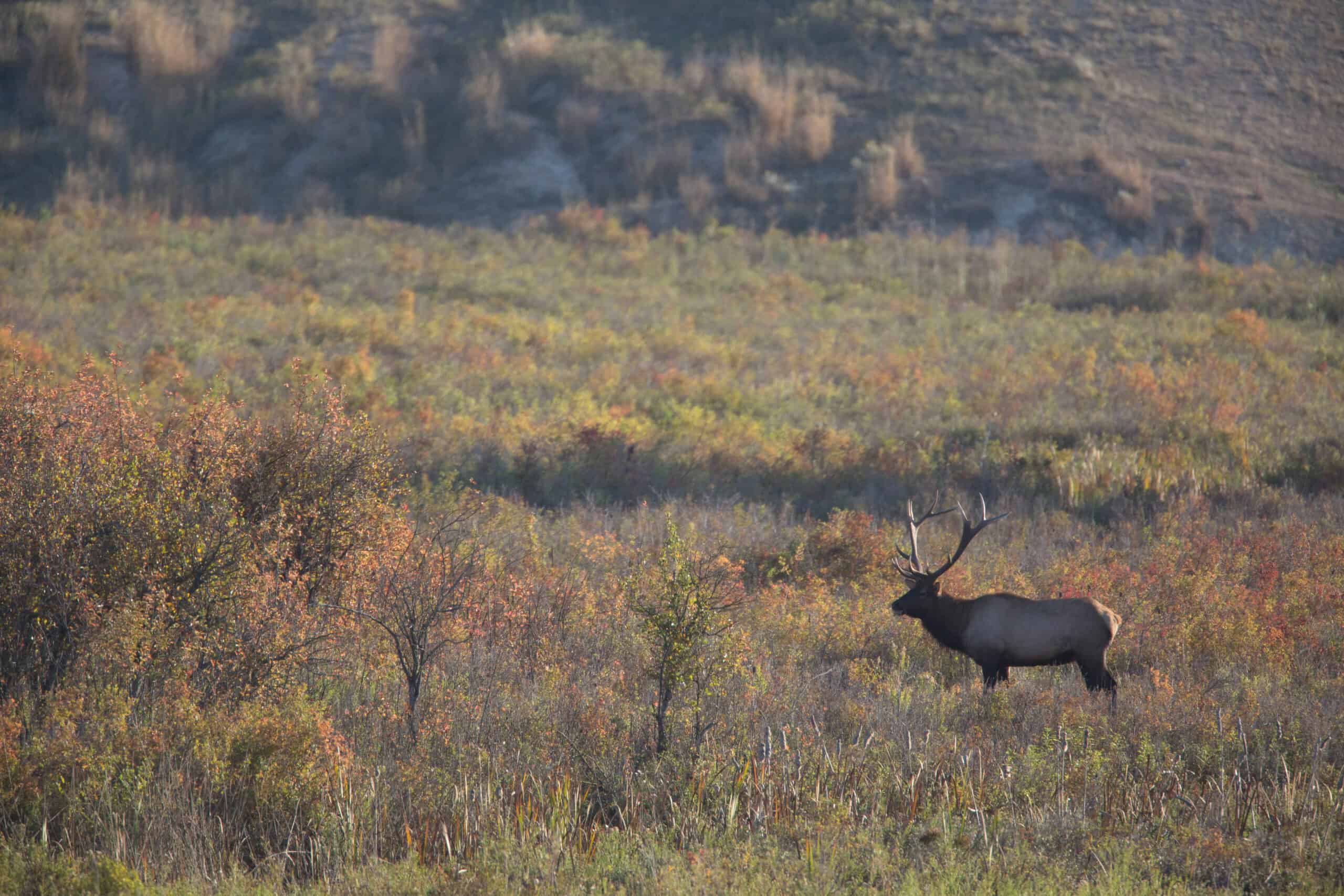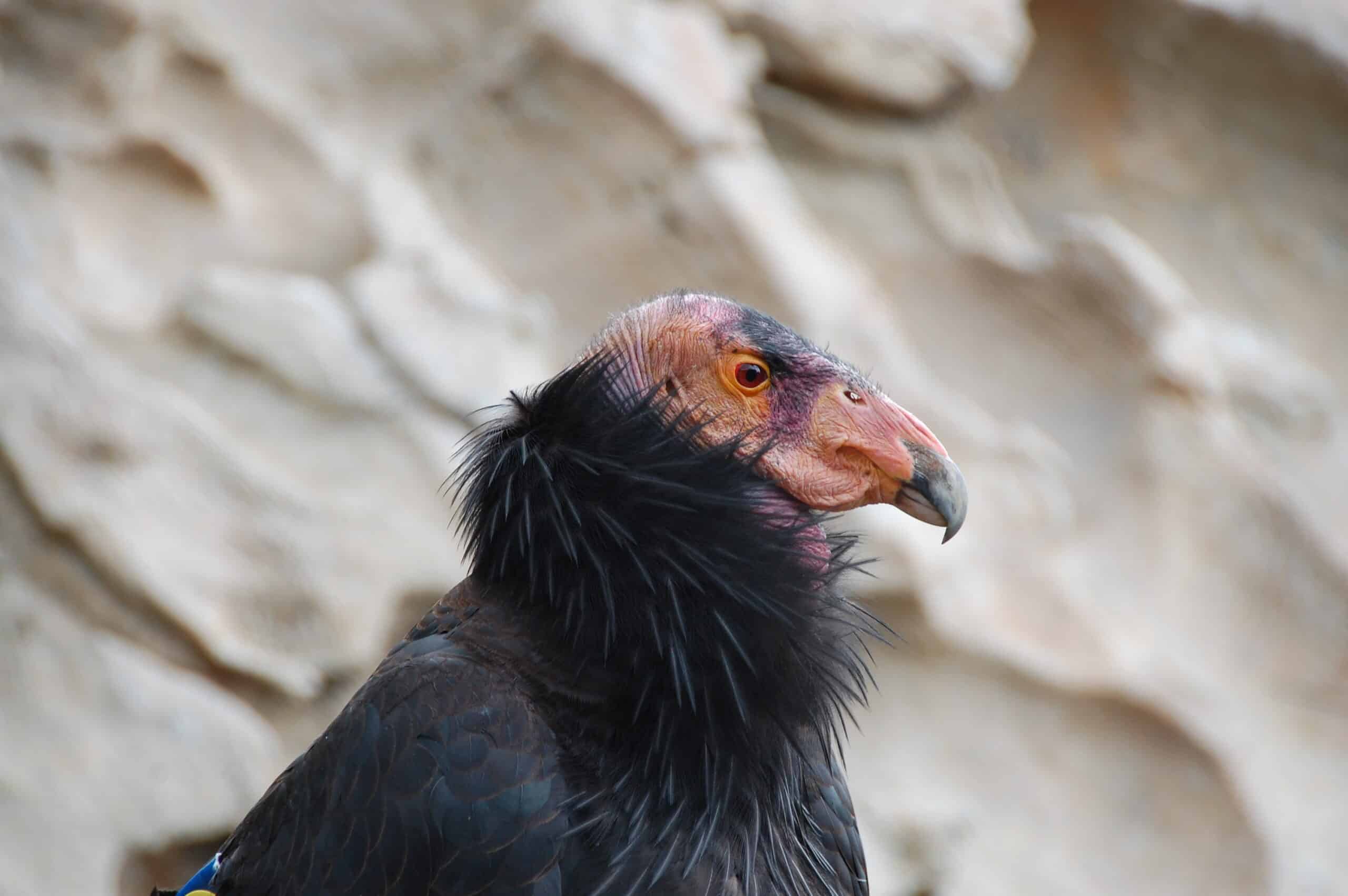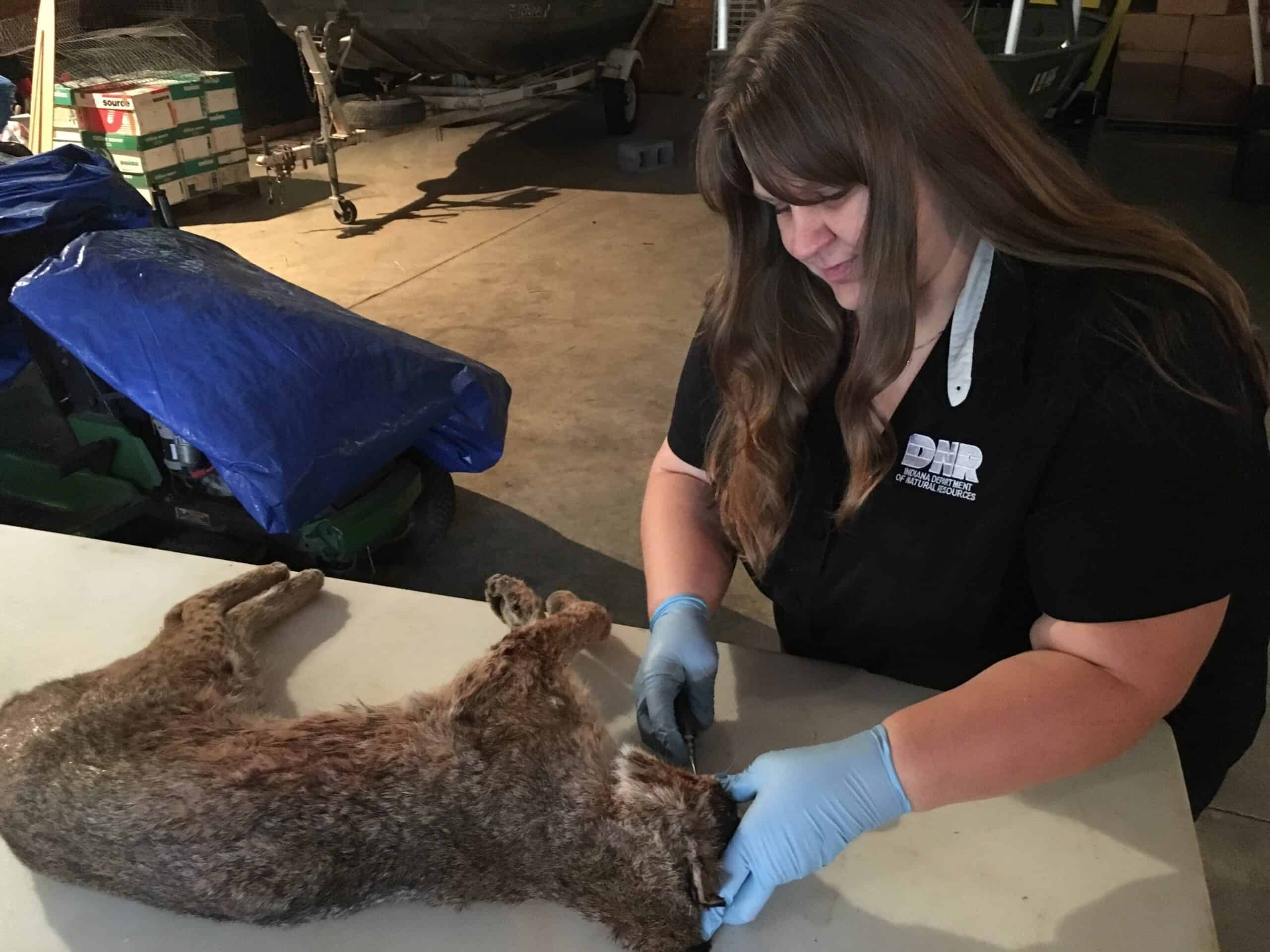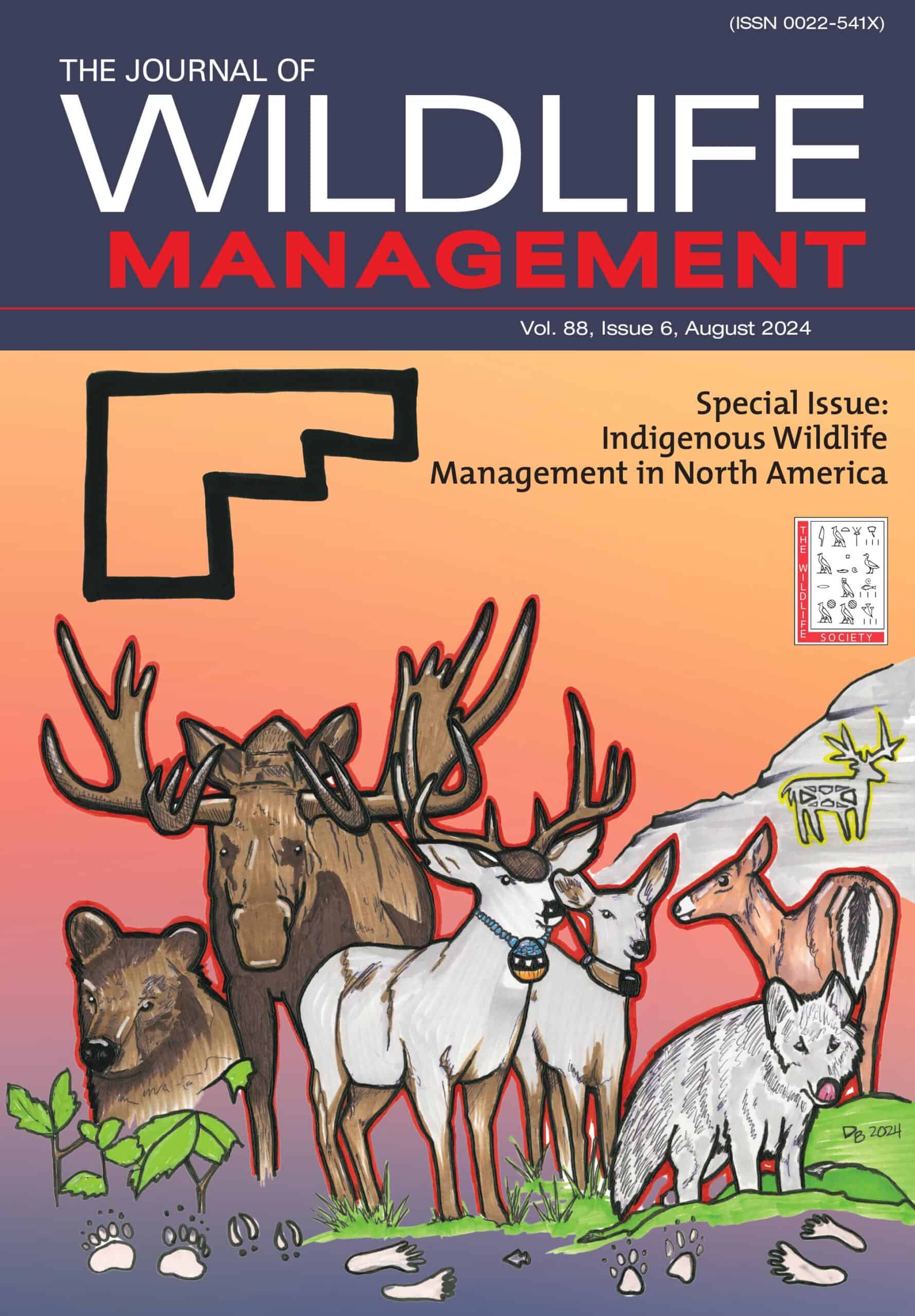Share this article
2023 TWS Wildlife Publication Awards shortlist announced
The committee has named top contenders in book, journal, monograph and student paper categories
Each year, TWS’ Wildlife Publication Awards Committee receives nominations of books, papers and monographs from authors, editors, publishers and colleagues.
For the 2023 awards, books and papers must have been published in 2020, 2021 or 2022. Committee members review the publications and score them based on five criteria. Based on the scores from all committee members, the book, paper and monograph receiving the highest total score is deemed the winner.
This year, the committee received 54 nominated books from 23 publishers, 11 journal papers representing seven journals, nine monographs from three monograph publishers and 13 journal papers with a student as the lead author representing 12 journals.
This is the third year for the student paper category, which recognizes excellence in scientific writing in which the lead author of a paper was a student. The paper represents work that was completed predominately while the lead author was a student and is eligible only if published or accepted for publication in a peer-reviewed publication within three years of graduating from an undergraduate or graduate program. (For more information on the criteria, please visit wildlife.org/awards/wildlife-publication-awards-nomination.)
In an effort to recognize the broad range of titles committee members review each year for TWS’ Wildlife Publication Awards, the committee has created a shortlist for each award category that includes the top five titles in each, in alphabetical order by title.
Authored Book
- David W. Macdonald and Chris Newman. 2022. The Badgers of Wytham Woods: A Model for Behaviour, Ecology, and Evolution. Oxford University Press, UK.
- Michael R. Conover and Denise O. Conover. 2022. Human-Wildlife Interactions: From Conflict to Coexistence. 2nd Edition. CRC Press, Boca Raton, FL.
- Johannes Foufopoulos, Gary A. Wobeser, and Hamish McCallum. 2022. Infectious Disease Ecology and Conservation. Oxford University Press, UK.
- Richard Sale and Steve Watson. 2022. The Peregrine Falcon. Snowfinch Publishing, Coberley, UK.
- R. Terry Bowyer. 2022. Sexual Segregation in Ungulates: Ecology, Behavior, and Conservation. Johns Hopkins University Press, Baltimore, MD.
Edited Book
- Joshua M. Kapfer and Donald J. Brown. eds. 2022. Amphibians and Reptiles of Wisconsin. University of Wisconsin Press, Madison, WI.
- W. Andrew Marcus, James E. Meacham, Ann W. Rodman, Alethea Y. Steingisser, Justin T. Menke, and Ross West, eds. 2022. Atlas of Yellowstone. 2nd Edition. University of California Press, Oakland, CA.
- Christine L. Madliger, Craig E. Franklin, Oliver P. Love, and Steven J. Cooke, eds. 2021. Conservation Physiology: Applications for Wildlife Conservation and Management. Oxford University Press, UK.
- Kevin L. Pope and Larkin A. Powell. 2021. Harvest of Fish and Wildlife: New Paradigms for Sustainable Management. CRC Press, New York, NY.
- Jennifer C. Owen, Dana M. Hawley, and Kathryn P. Huyvaert, eds. 2021. Infectious Disease Ecology of Wild Birds. Oxford University Press, UK.
Monograph
Joseph M. Northrup, Charles R. Anderson Jr., Brian D. Gerber, and George Wittemyer. 2021. Behavioral and demographic responses of mule deer to energy development on winter range. Wildlife Monographs https://doi.org10.1002/wmon.1060.
- Joshua H. Schmidt, William L. Thompson, Tammy L. Wilson, and Joel H. Reynolds. 2022. Distance sampling surveys: using components of detection and total error to select among approaches. Wildlife Monographs https://doi.org/10.1002/wmon.1070.
- Kenneth A. Logan and Jonathan P. Runge. 2020. Effects of hunting on a puma population in Colorado. Wildlife Monographs https://doi.org/10.1002/wmon.1061.
- Aimee Tallian, Andrés Ordiz, Matthew C. Metz, Barbara Zimmermann, Camilla Wikenros, Douglas W. Smith, Daniel R. Stahler, PetterWabakken, JonE.Swenson, Håkan Sand, and Jonas Kindberg. 2022. Of wolves and bears: Seasonal drivers of interference and exploitation competition between apex predators. Ecological Monographs https://doi.org/10.1002/ecm.1498.
- Gregory H. Golet, Kristen E. Dybala, Matthew E. Reiter, Kristin A. Sesser, Mark Reynolds, and Rodd Kelsey. 2022. Shorebird food energy shortfalls and the effectiveness of habitat incentive programs in record wet, dry, and warm years. Ecological Monographs https://doi.org/10.1002/ecm.1541.
Journal Paper
- Joshua C. Stiller, William F. Siemer, Kelly A. Perkins, and Angela K. Fuller. 2022. Choosing an optimal duck season: integrating hunter values and duck abundance. Wildlife Society Bulletin https://doi.org/10.1002/wsb.1313.
- Vincent A. Slabe, James T. Anderson, Brian A. Millsap, Jeffrey L. Cooper, Alan R. Harmata, Marco Restani, Ross H. Crandall, Barbara Bodenstein, Peter H. Bloom, Travis Booms, John Buchweitz, Renee Culver, Kim Dickerson, Robert Domenech, Ernesto Dominguez-Villegas, Daniel Driscoll, Brian W. Smith, Michael J. Lockhart, David McRuer, Tricia A. Miller, Patricia A. Ortiz, Krysta Rogers, Matt Schwarz, Natalie Turley, Brian Woodbridge, Myra E. Finkelstein, Christian A. Triana, Christopher R. DeSorbo, Todd E. Katzner. 2022. Demographic implications of lead poisoning for eagles across North America. Science https://doi.org/10.1126/science.abj3068.
- Ana Miller-ter Kuile, Devyn Orr, An Bui, Rodolfo Dirzo, Maggie Klope, Douglas McCauley, Carina Motta, and Hillary Young. 2020. Impacts of rodent eradication on seed predation and plant community biomass on a tropical atoll. Biotropica https://doi.org/10.1111/btp.12864.
- Clayton T. Lamb, Roland Willson, Carmen Richter, Naomi Owens-Beek, Julian Napoleon, Bruce Muir, R. Scott McNay, Estelle Lavis, Mark Hebblewhite, Line Giguere, Tamara Dokkie, Stan Boutin, and Adam T. Ford. 2022. Indigenous-led conservation: Pathways to recovery for the nearly extirpated Klinse-Za mountain caribou. Ecological Applications https://doi.org/10.1002/eap.2581.
- Mason Fidino, Travis Gallo, Elizabeth W. Lehrer, Maureen H. Murray, Cria A. M. Kay, Heather A. Sander, Brandon Macdougall, Carmen M. Salsbury, Travis J. Ryan, Julia L. Angstmann, J. Amy Belaire, Barbara Dugelby, Christopher J. Schell, Theodore Stankowich, Max Amaya, David Drake, Sheryl H. Hursh, Adam A. Ahlers, Jacque Williamson, Laurel M. Hartley, Amanda J. Zellmer, Kelly Simon, and Seth B. Magle. 2021. Landscape-scale differences among cities alter common species’ responses to urbanization. Ecological Applications https://doi.org/10.1002/eap.2253.
Student Paper
- Daniel F. Hofstadter, Nicholas F. Kryshak, Connor M. Wood, Brian P. Dotters, Kevin N. Roberts, Kevin G. Kelly, John J. Keane, Sarah C. Sawyer, Paula A. Shaklee, H. Anu Kramer, R. J. Gutiérrez, and M. Zachariah Peery. 2022. Arresting the spread of invasive species in continental systems. Frontiers in Ecology and the Environment https://doi.org/10.1002/fee.2458.
- Ana Miller-ter Kuile, Devyn Orr, An Bui, Rodolfo Dirzo, Maggie Klope, Douglas McCauley, Carina Motta, and Hillary Young. 2020. Impacts of rodent eradication on seed predation and plant community biomass on a tropical atoll. Biotropica https://doi.org/10.1111/btp.12864.
- Taylor R. Ganz, Melia T. DeVivo, Brian N. Kertson, Trent Roussin, Lauren Satterfield, Aaron J. Wirsing, and Laura R. Prugh. 2022. Interactive effects of wildfires, season and predator activity shape mule deer movements. Journal of Animal Ecology https://doi.org/10.1111/1365-2656.13810.
- Stillman, A. N., T. J. Lorenz, P. C. Fischer, R. B. Siegel, R. L. Wilkerson, M. Johnson, and M. W. Tingley. 2021. Juvenile survival of a burned forest specialist in response to variation in fire characteristics. Journal of Animal Ecology 90. https://doi.org/10.1111/1365-2656.13456.
- Rebecca K. Mckee, Kurt A. Buhlmann, Clinton T. Moore, Jeffrey Hepinstall‐Cymerman, and Tracey D. Tuberville. 2021. Waif gopher tortoise survival and site fidelity following translocation. Journal of Wildlife Management https://doi.org/10.1002/jwmg.21998.
The committee hopes that these shortlists provide some recognition to well-deserved authors and highlight outstanding books, journal papers and monographs worthy of TWS members’ attention. The winner of each category will be notified in June.
The winning authors/editors and publishers of each book category will be denoted by electronic and physical stickers stating that the title is the winner of TWS Wildlife Publication Award. The electronic version can be used by authors and publishers to highlight their award-winning title on websites and brochures used in conferences or other venues. The physical version can be affixed directly to the book to be displayed in bookstores, at conference booths, etc.
The sticker is meant to recognize excellence in scientific writing characterized by originality of research or thought and a high scholastic standard in the manner of presentation. In addition, the sticker promotes the wildlife publication award as given by TWS, the preeminent international association of wildlife professionals dedicated to excellence in wildlife stewardship through science and education.
If you have questions or comments, please contact Rick Spaulding, Chair, TWS Wildlife Publication Awards Committee, at rick.spaulding@mantech.com.








